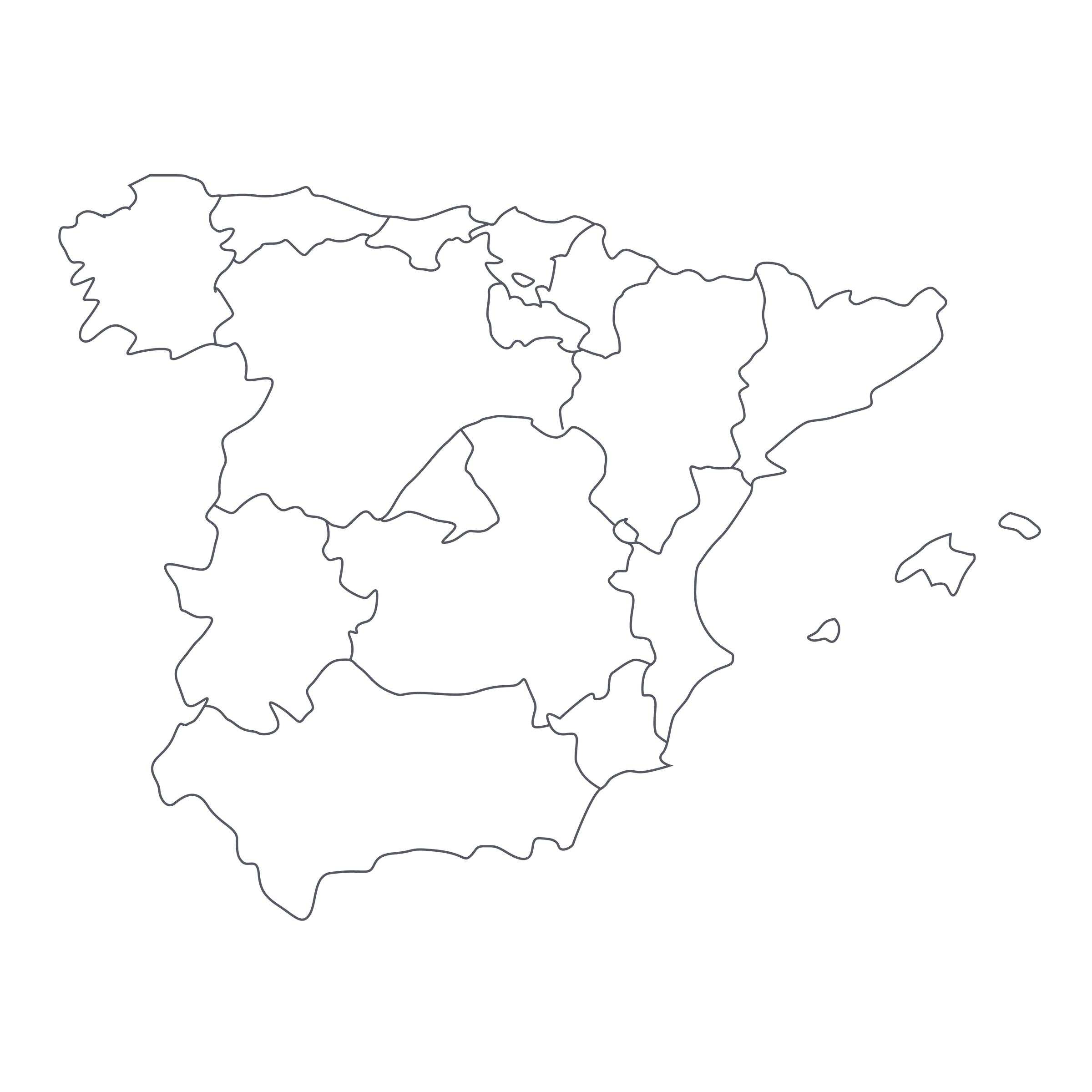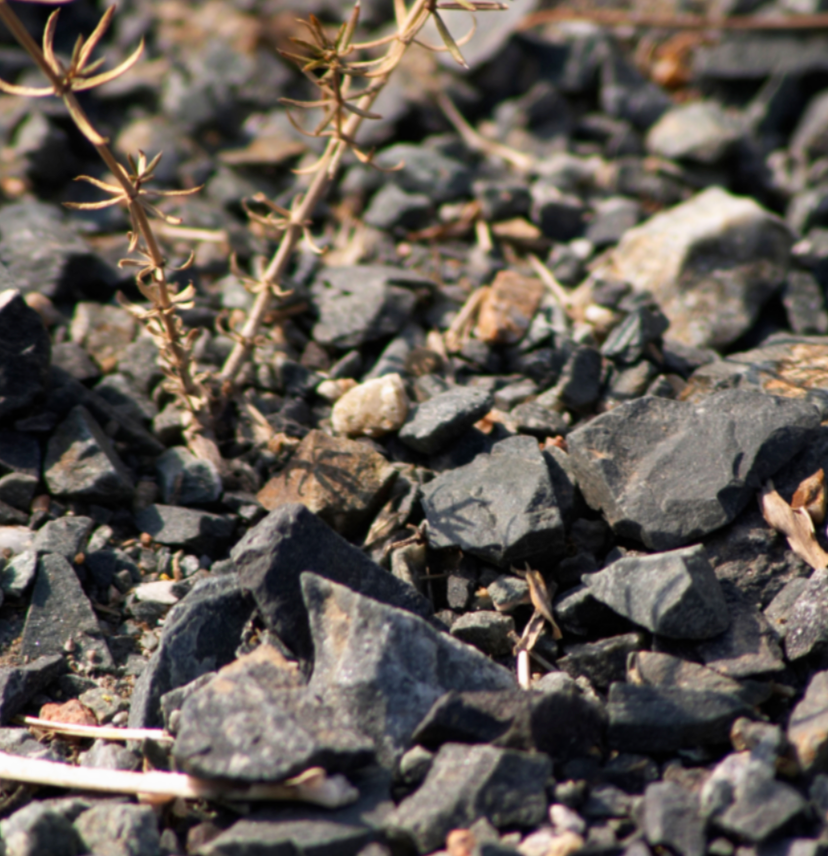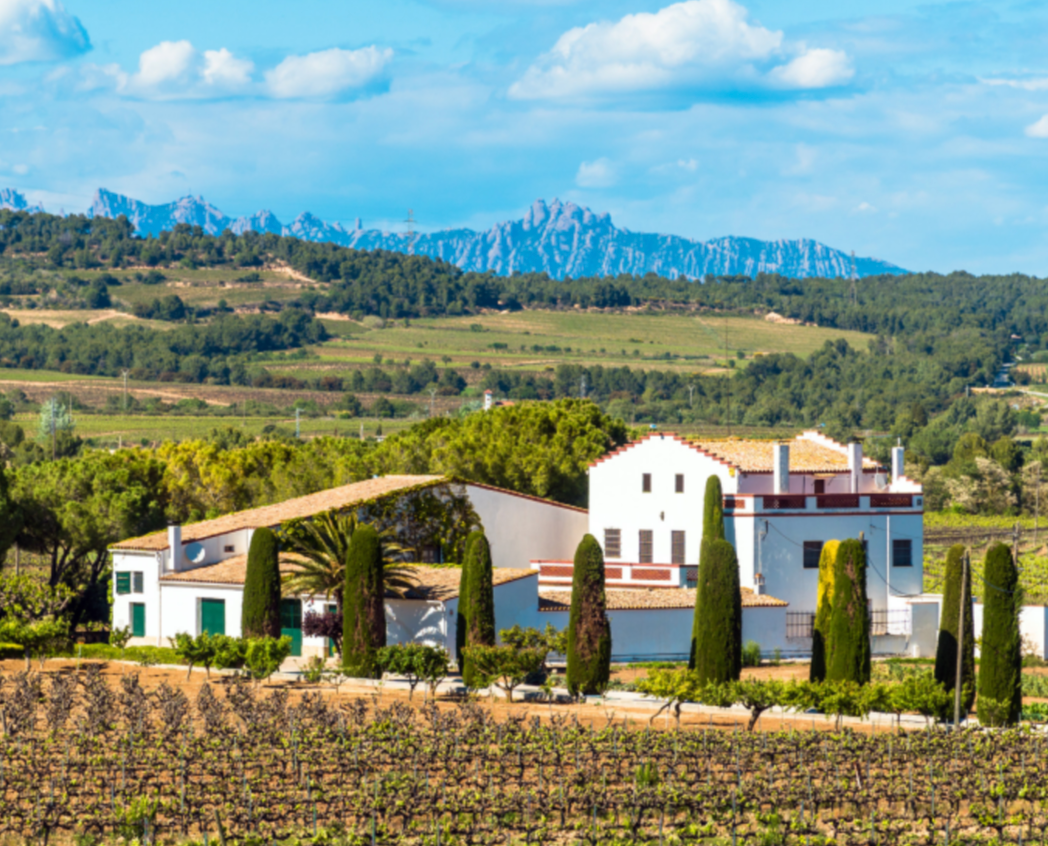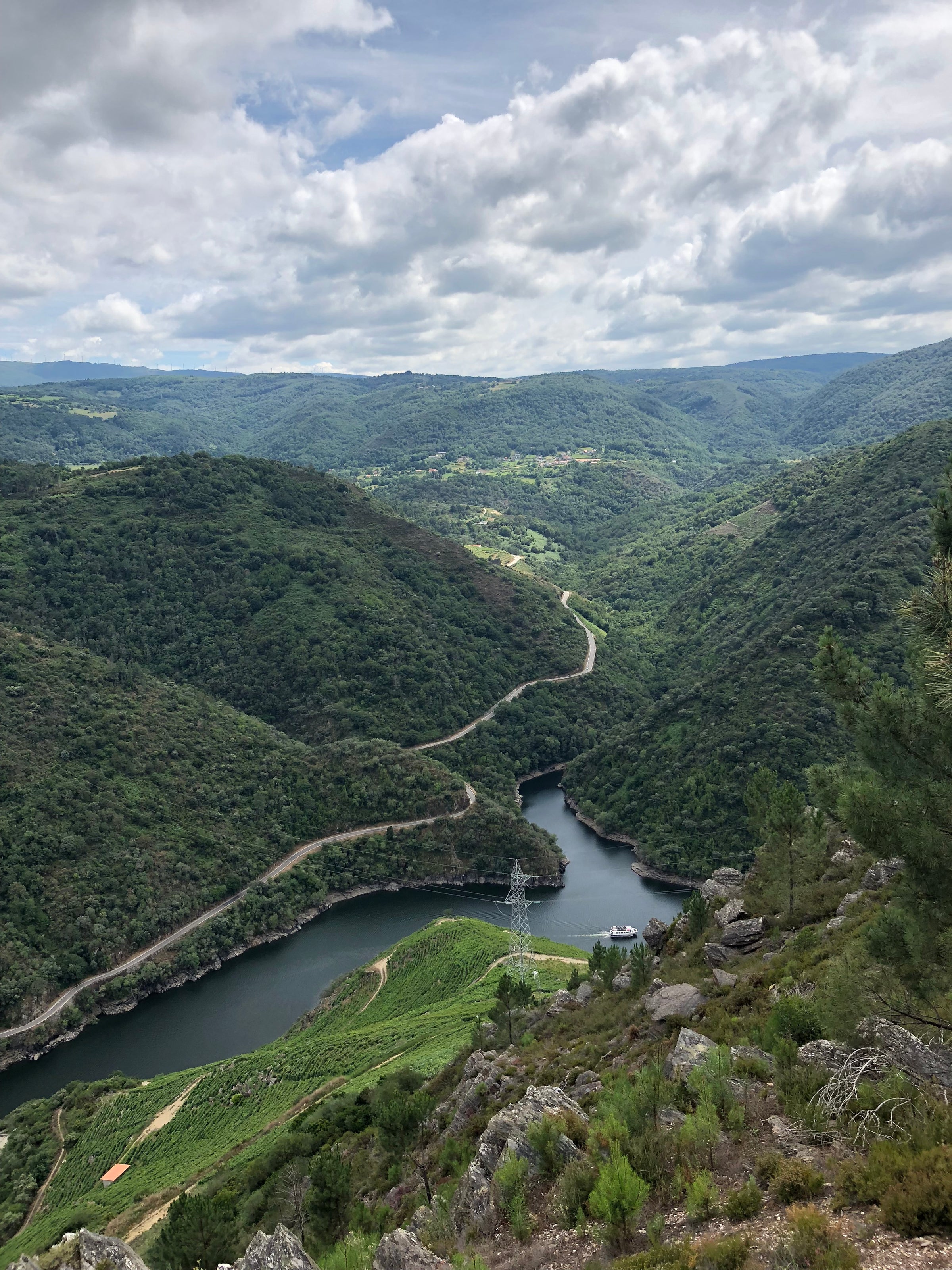Bodega Lanzaga’s entire existence revolves around crafting the most traditional and profound examples of Rioja that would’ve been encountered during the region’s Golden Age in the 18th century. And, if critics’ reviews are any indicator, they’ve achieved their goal: Today’s 2014 has been showered with red-hot praise that’s creeping dangerously close to perfection. If you ask us, or really anyone who’s tasted this limited gem, it’s deserving of every point, accolade, adjective, you name it.
With high-altitude estate vineyards, old bush vines, and a strict manual harvest, Lanzaga’s Certified Organic raw material has all the makings of elite Rioja, and they make sure that’s realized in the cellar. Fermentations are always native and unmanipulated, and maturation occurs in a variety of barriques and foudres before a years-long slumber in bottle. And now, at seven years of age, this powerful, savory, and decidedly lush 2014 is in a picture-perfect drinking window. If you don’t already know, historic Rioja is as blue-blooded and respected as Bordeaux and Châteauneuf-du-Pape, so you should always count your blessing when a highly rated, thought-provoking masterpiece can be acquired for just $35. Make room, Muga, La Rioja Alta, and Murrieta—Lanzaga deserves a spot at the table of all-time Rioja greats.
You won’t find Bodega Lanzaga in the ancient archives of Rioja winemaking, but owner Telmo Rodríguez is certainly an indomitable force in the region’s contemporary “revival” movement. He and his longtime friend/business partner Pablo Eguzkiza set out in the 1990s to instill the traditional spirit back into the region by revitalizing ancient vineyards through organic farming and practicing natural, low-intervention winemaking in the cellar. Today’s “Lanzaga” is the backbone and driving force of his bodega in the town of Lanciego.
It is here, within the sub-zone of Rioja Alavesa, that he organically farms his estate-owned plots which (1) range from 1,600-2,300 feet in elevation and (2) are buried in a mosaic of soils like silt, sandstone, and various marls. These old bush vines are painstakingly farmed by hand and, come harvest, clusters are meticulously sorted to ensure only perfect berries enter the cellar. Both alcoholic and malolactic fermentations occur naturally and the resulting wine is transferred into mostly used French barriques and larger foudres for 14 months. The final blend in 2014 was mostly Tempranillo with splashes of Graciano and Garnacha. It was bottled unfined and then matured further.
All this makes for one of the most enticing and enjoyable Riojas on the market. With a 30-minute decant, it powers out of a Bordeaux stem with panache and grace, releasing rich, deeply accented aromas of crushed berries, dried black cherry skin, cassis, vanilla bean, exotic spices, clay, charred meat, plum sauce, wild herbs, and mushroom stock. The palate introduces lush, sanded-down tannins and plump, prismatic berry fruit thanks to the heavy presence of naturally grown, high-elevation Tempranillo. It’s muscular and opulent at once, gushing dark layers of finely crushed minerality, sweet-and-sour cherry, and smoky undertones of earth. I see this evolving well beyond its 10th birthday but the bulk of aging has been done for you: this masterwork is ready for immediate enjoyment should you get the itch. Keep the drinking temperature around 60 degrees and never forget that you handed over just $35 for one of the greatest contemporary examples of Rioja money can buy. Cheers!










